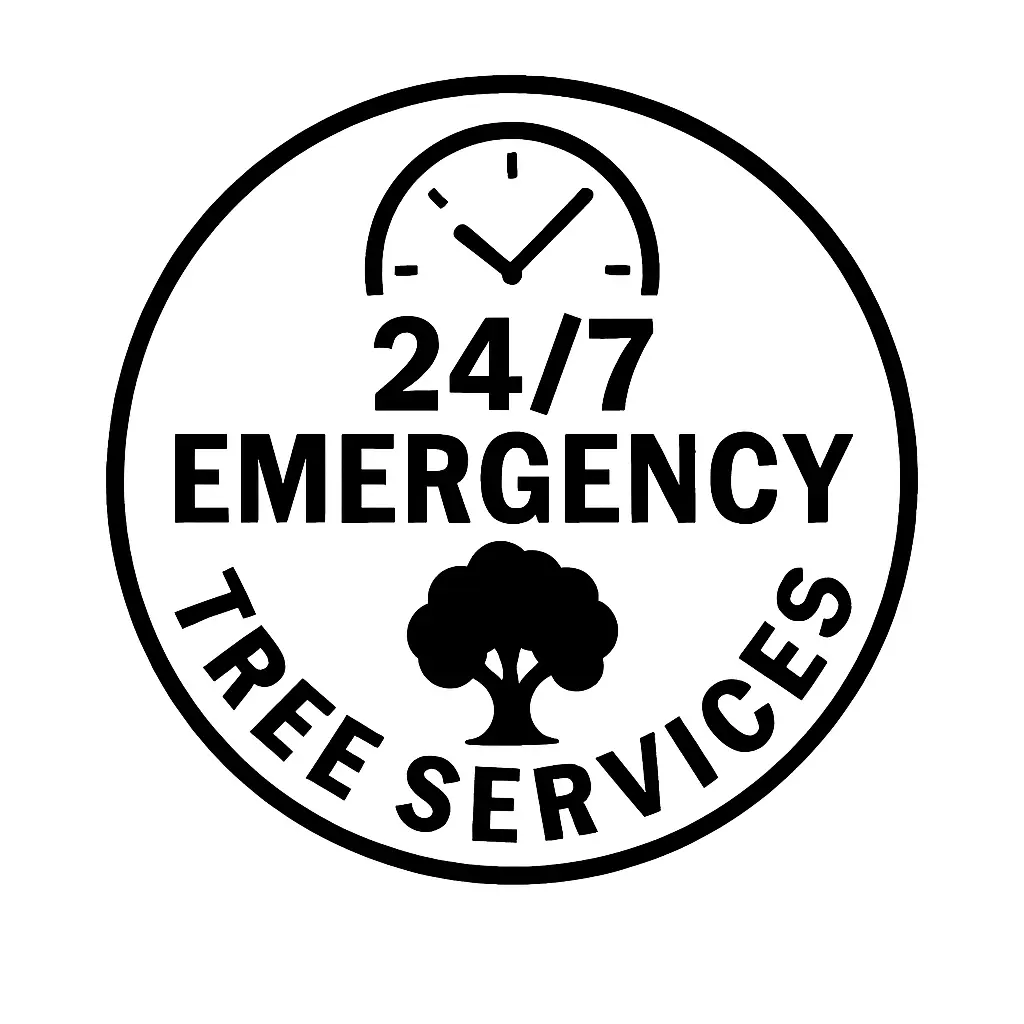Identifying trees by their leaves is a fascinating and educational activity that connects us to the natural world. Whether walking in a city park or wandering through woodlands, understanding leaf characteristics can help you identify specific trees. This guide will focus on common trees like the London planetree, sweetgum, oak, pin oak, teardrop pear, Callery pear, and honeylocust.
Key Characteristics for Leaf Identification
To identify trees accurately, pay attention to these defining features of leaves:
Leaf Type
- Simple Leaves: These have a single blade attached to the stem. Example: sweetgum, Callery pear.
- Compound Leaves: These consist of multiple leaflets attached to a central petiole. Example: honeylocust.
Leaf Arrangement
- Alternate: Leaves are arranged in a staggered pattern along the stem. Example: London planetree, oak, pin oak.
- Opposite: Leaves grow in pairs directly opposite each other on the stem. Example: less common among the listed trees.
Leaf Shape
- Lobed: Found in trees like oaks and sweetgum. Oaks have rounded or pointed lobes, while sweetgum leaves have a star-like shape.
- Heart or Teardrop-Shaped: Seen in Callery pear and teardrop pear trees, with smooth edges and a symmetrical appearance.
- Feather-like (Pinnate): Common in honeylocust, with long, compound leaves featuring small, oval-shaped leaflets.
Leaf Margins and Tips
- Smooth: Callery pear and teardrop pear leaves have smooth edges.
- Serrated: London planetree and sweetgum leaves often have finely serrated margins.
- Deeply Lobed: Pin oaks exhibit sharply pointed, deep lobes with a distinctive shape.
Color and Texture
- Glossy Green: Seen in Callery pear and teardrop pear.
- Rough and Textured: London planetree leaves can feel coarse.
- Seasonal Colors: Sweetgum displays vibrant reds, oranges, and yellows in autumn, making them easy to spot.
Common Trees and Their Leaves
Here’s a closer look at the trees and their unique leaf characteristics:
London Planetree (Platanus × acerifolia):
- Large, lobed leaves with three to five pointed lobes and coarse texture; resembles a maple leaf but larger.

Sweetgum (Liquidambar styraciflua):
- Star-shaped leaves with five to seven pointed lobes and finely serrated edges; notable for their brilliant autumn colors.

Oak (Quercus):
- Lobed leaves with rounded lobes (white oak) or pointed lobes (red oak).
Pin Oak (Quercus palustris):
- Deeply lobed leaves with sharp, pointed tips and narrow sinuses.

Teardrop Pear (Pyrus calleryana):
- Smooth-edged, teardrop-shaped leaves with a glossy green finish, often found in urban settings.
Callery Pear (Pyrus calleryana):
- Similar to the teardrop pear, these leaves are heart-shaped with smooth margins and a shiny appearance.

Honeylocust (Gleditsia triacanthos):
- Compound leaves with small, oval-shaped leaflets, giving the tree a delicate, airy appearance.

Tips for Effective Identification
To make tree identification more accurate and enjoyable, try these tips:
- Observe the Environment: Trees like the London planetree and Callery pear are often planted in urban areas, while oaks and honeylocusts may be found in parks or natural settings.
- Use the Seasons: Many trees, such as sweetgum, display unique fall colors, making them easier to identify.
- Look Beyond Leaves: Consider bark texture, fruit (e.g., sweetgum seed balls or honeylocust pods), and overall tree shape for additional clues.
Tools for Tree Identification
Make the process easier with these tools:
- Field Guides: Use books like “Trees of North America” for detailed descriptions.
- Apps: Download apps like iNaturalist or LeafSnap to analyze leaf photos instantly.
- Workshops: Check with local arboretums for tree identification classes.
Practice Makes Perfect
Start by observing trees in your area, focusing on the common species mentioned above. Keep a journal of your observations and take photos to build your tree identification skills. With time, you’ll start recognizing these trees with ease.
Conclusion
Learning to identify trees by their leaves is a rewarding experience that connects you to nature. Whether it’s the star-shaped leaves of a sweetgum or the delicate compound leaves of a honeylocust, every tree has its story. Take the time to explore, practice, and enjoy the beauty of the trees around you.





